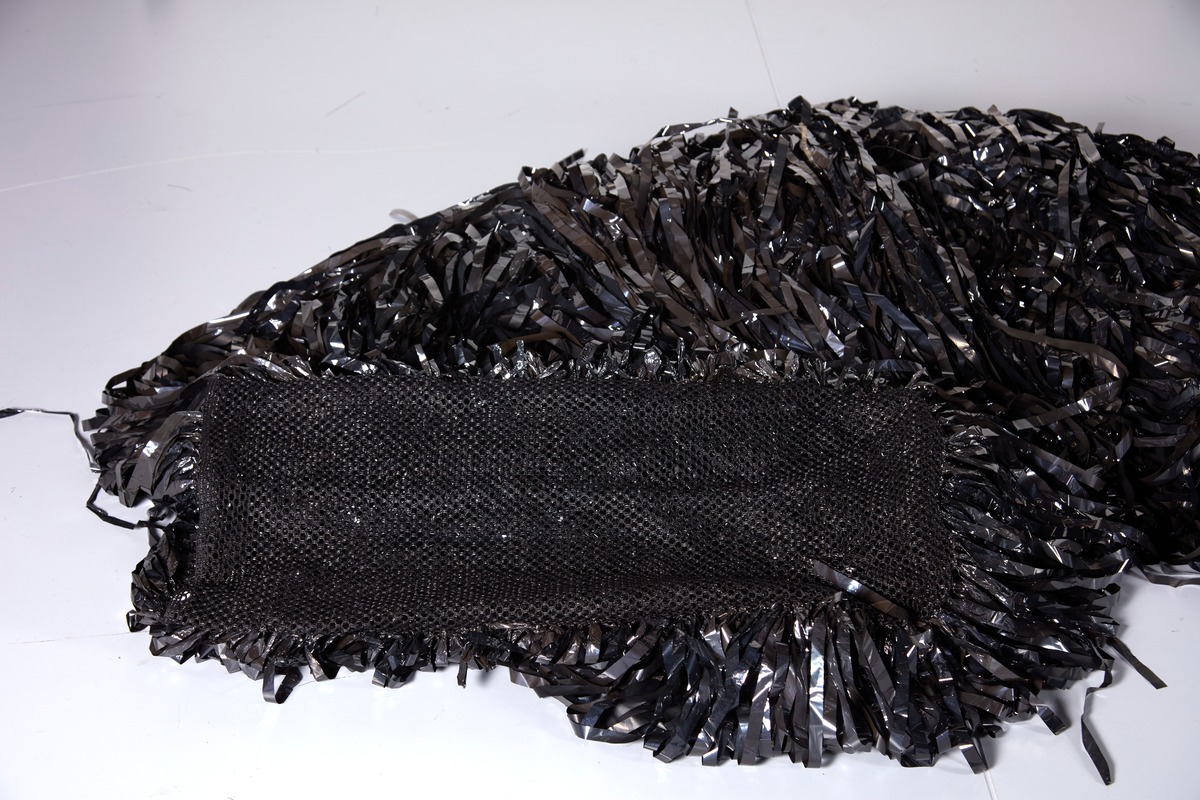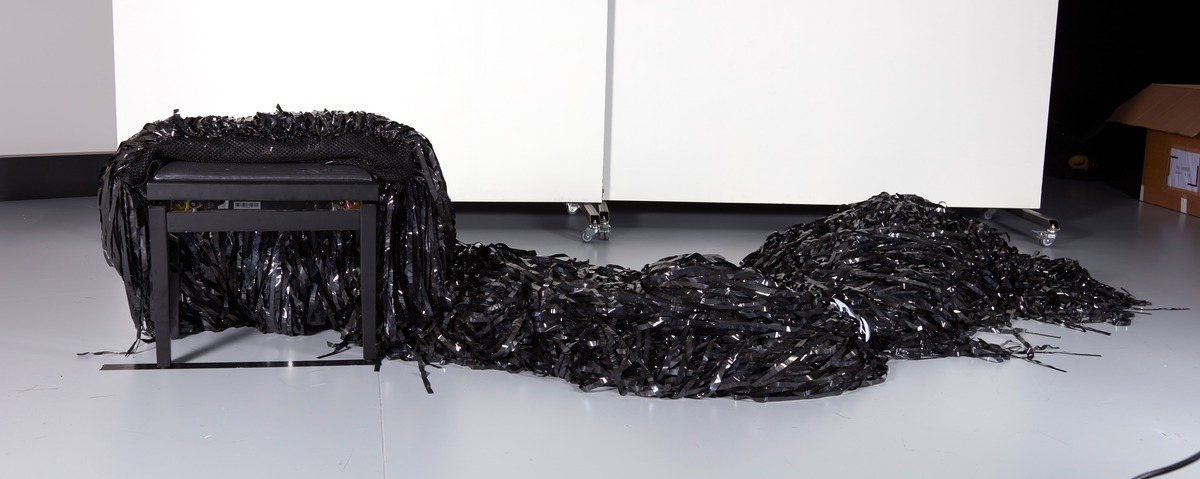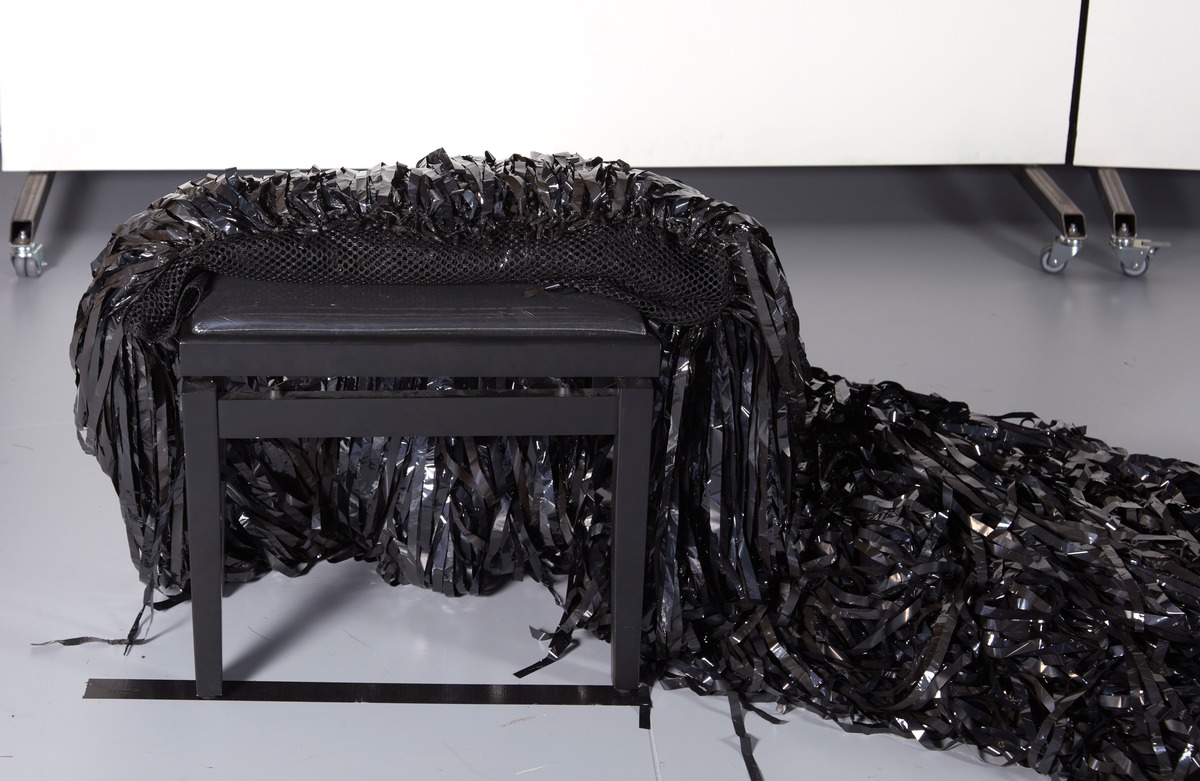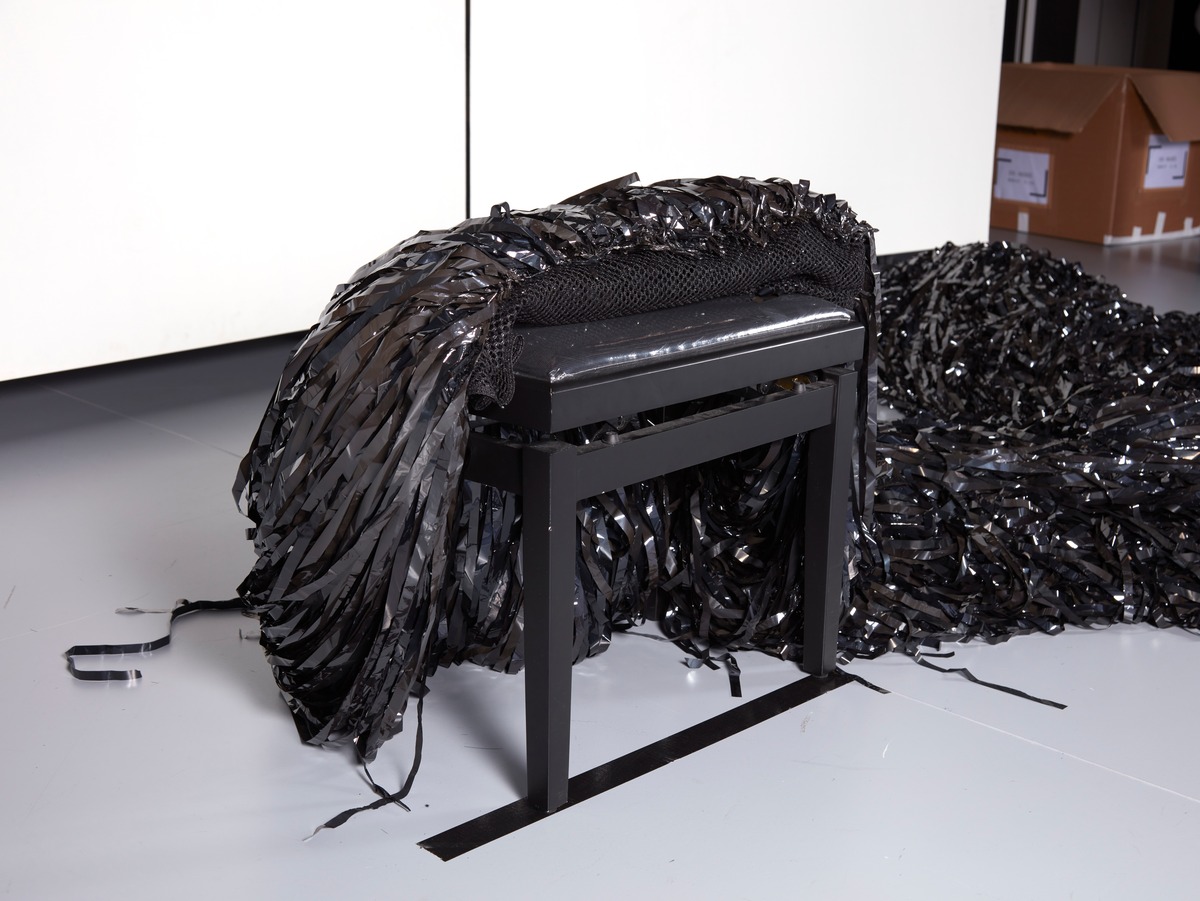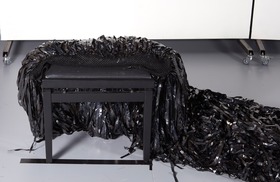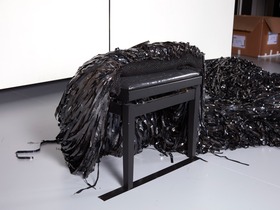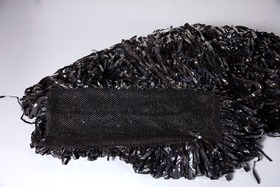During this sequence of the closing ceremony, the Golden Voyager continued the discovery of the vestiges of the Games. Huge rings came to life in a choreographic ballet by Kevin Vivès. The rings were six-metre-high structures on which the various performers and acrobats moved.
During the choreography of the rings, a levitation sequence took place: the Hymn to Apollo was performed by Alain Roche, seated at a piano suspended vertically in the air. Thomas Jolly has teamed up a pianist and an opera singer for a spectacular performance that breathes new life into this hymn.
Alain Roche performed Gabriel Fauré’s “Hymne à Apollon,” rearranged by Victor Le Masne, while suspended in the air with his Vertical Piano at the heart of Stade de France. In front of 80,000 spectators and several hundred million television viewers, He performed a duet with tenor Benjamin Bernheim, both dressed by Kevin Germanier.
The Hymn to Apollo is the oldest hymn from ancient Greece, discovered in the ruins of Delphi. The ancient score is kept in the Louvre. It was performed for the first time on 16 June 1894 at the International Congress in Paris for the revival of the Olympic Games. Arranged by Théodore Reinach and composer Gabriel Fauré, the Hymn to Apollo accompanied the creation of the modern Games. This song in honour of Apollo (ambassador of archaeological discoveries) of archaeological discoveries, inspired the two creators of the modern Olympic Anthem.
Alain Roche's costume was made by Kevin Germanier from VHS tape reels forming a long train. The costume, made from recycled materials, was an example of Paris 2024's sustainable approach.
